
Regional Working Group on African Monsoons
About African Monsoons
The Working Group on African Monsoons (WG-AFM) works with the CLIVAR/GEWEX Monsoons Panel in dealing with the regional aspects of the African Monsoon (AFM) system, comprising the East Africa, West Africa, Central Africa and Southern African monsoons.
The African continent is home to approximately 1.4 billion people, constituting around 18% of the world’s population. Africa exhibits a diverse range of climates, from the second largest rainforest in the Congo basin in central Africa to the arid Sahara and Kalahari deserts in northern and southern Africa, respectively. Precipitation is particularly high along the equator, with seasonal and spatial changes associated with the development of monsoon precipitations across Africa. Monsoon precipitation is crucial for African societies, contributing to approximately 80% of the annual total precipitation within a short period (Liebmann et al., 2012) over most of the monsoon domains (∼50% over regions of East Africa and South Africa). Variations in precipitation are associated with strong societal impacts. Unusually low rainfall led to a large and prolonged drought over the Sahel in the 1970s–1990s (Giannini et al., 2003; Rodríguez-Fonseca et al., 2015) , leading to population migration, water scarcity, and famine, to around 450,000 deaths in Ethiopia and Sudan in the period 1984–1985 and around 100,000 deaths in Mozambique in 1981 (Gebremeskel Haile et al., 2019).
Monsoon dynamics and seasonality are influenced by large-scale temperature gradients and the resulting cross-equatorial energy imbalance and changes in the location of the Intertropical Convergence Zone (Schneider et al., 2014; Biasutti et al., 2018) (See the Figure). However, variations in topography, distance from the equator, and specific regional and local features (e.g., the Saharan Heat Low; the Angola Low) contribute to notable differences between monsoon regions. For instance, the equatorial East Africa and West African Guinea Coast have a bimodal structure of the annual rainfall cycle (i.e., two rainy seasons per year), which changes to a unimodal pattern moving away from the equator (e.g., Dunning et al. 2016). In addition, the Sahelian region in West Africa also follows a unimodal (i.e., only one rainy season) annual cycle (Worou et al., 2020; Palmer et al., 2023). The monsoon seasons in the spring-autumn seasons over West Africa, in March-May and October-December over East Africa (known as the long and short rains, respectively), in October-May and March-November over central Africa, and in boreal winter over Southern Africa (see also Monerie et al. 2025).
Changes in rainfall levels and variability pose challenges for African communities. In addition, future changes of the African monsoons are not well known, and results from climate models are uncertain (Douville et al. 2021). The aim of the CLIVAR/GEWEX Monsoons Panel’s Working Group on the African monsoons is to improve our understanding of the African monsoon as well as its past and future variations.

Bottle necks for improved prediction of African-Monsoons
- Limited ground-based weather stations, and insufficient upper-air observations (radiosondes, aircraft data).
- Global and regional climate models often poorly represent key drivers (e.g., land–atmosphere feedbacks, aerosols, vegetation changes).
- Inadequate resolution to capture orographic and coastal processes.
- Insufficient access to high-performance computing systems for running advanced forecast models and ensemble simulations.
- Over-response of global climate models to large-scale teleconnections such as ENSO and the Indian Ocean Dipole, leading to exaggerated or misrepresented rainfall anomalies and reduced forecast reliability.
Aims of the WG-AFM
The African Monsoon Working Group was reformed in 2025 and now includes 26 leading international scientists. Our members, listed at Working Group on African Monsoons, bring diverse expertise ranging from foundational research to operational forecasting. This diverse group is dedicated to achieving the following core objectives.
- Quantify how deficiencies in access to observed datasets (precipitation, temperature, wind speed) could lead to misrepresentation of the African monsoons in observations and in climate models.
- Improve our understanding of the African Monsoons, including its historical variability and its future changes.
- Facilitate collaborative research among researchers that have a focus on the continent and contribute to Global Monsoon Research.
References
- Liebmann, B., Bladé, I., Kiladis, G.N., et al., 2012. Seasonality of African precipitation from 1996 to 2009. J. Climate 25, 4304–4322. https://doi.org/10.1175/JCLI-D-11-00157.1
- Giannini, A., Saravanan, R., Chang, P., 2003. Oceanic forcing of Sahel rainfall on interannual to interdecadal time scales. Science, Volume 302, Issue 5647, 1027–1030. https://www.science.org/doi/10.1126/science.1089357
- Rodríguez-Fonseca, B., Mohino, E., Mechoso, C.R., et al., 2015. Variability and predictability of West African droughts: a review on the role of sea surface temperature anomalies. J. Climate 28, 4034–4060. https://doi.org/10.1175/JCLI-D-14-00130.1
- Gebremeskel Haile, G., Tang, Q., Sun, S., et al., 2019. Droughts in East Africa: causes, impacts and resilience. Earth-Science Review 193, 146–161. https://doi.org/10.1016/j.earscirev.2019.04.015
- Schneider, T., Bischoff, T., Haug, G.H., 2014. Migrations and dynamics of the intertropical convergence zone. Nature 513, 45-53. https://doi.org/10.1038/nature13636
- Biasutti, M., Voigt, A., Boos, W.R., et al., 2018. Global energetics and local physics as drivers of past, present and future monsoons. Nat. Geosci. 11, 392–400. https://doi.org/10.1038/s41561-018-0137-1
- Dunning, C.M., Black, E.C.L., Allan, R.P., 2016. The onset and cessation of seasonal rainfall over Africa. J. Geophys. Res., Atmos. 121 (11), 405–411. https://doi.org/10.1002/2016JD025428
- Worou, K., Goosse, H., Fichefet, T., et al., 2020. Interannual variability of rainfall in the Guinean Coast region and its links with sea surface temperature changes over the twentieth century for the different seasons. Clim. Dyn. 55, 449–470. https://doi.org/10.1007/s00382-020-05276-5
- Palmer, P.I., Wainwright, C.M., Dong, B., et al., 2023. Drivers and impacts of Eastern African rainfall variability. Nat. Rev. Earth. Environ. 4, 254–270. https://doi.org/10.1038/s43017-023-00397-x
- Monerie, P. A., Nadoya, H. N., Pinto, I., Tamoffo, A. T., & Worou, K., 2025. Future changes in precipitation distributions over Africa. In Aerosols and Precipitation Over Africa (pp. 169-204). Elsevier. https://doi.org/10.1016/B978-0-44-314050-1.00011-6
- Douville, H., Raghavan, K., Renwick, J., et al., 2021. Water Cycle Changes. In Climate Change 2021: The Physical Science Basis. Contribution of Working Group I to the Sixth Assessment Report of the Intergovernmental Panel on Climate Change. Cambridge University Press, pp. 1055–1210. https://doi.org/10.1017/9781009157896.010
Regional Working Groups
Regional Working Group Members
| Name | Designation | Institute | Photos |
|---|---|---|---|
| Masilin Gudoshava, | Co-Chair | Inter-Governmental Authority on Development (IGAD) Climate Prediction and Applications Centre (ICPAC), Kenya | 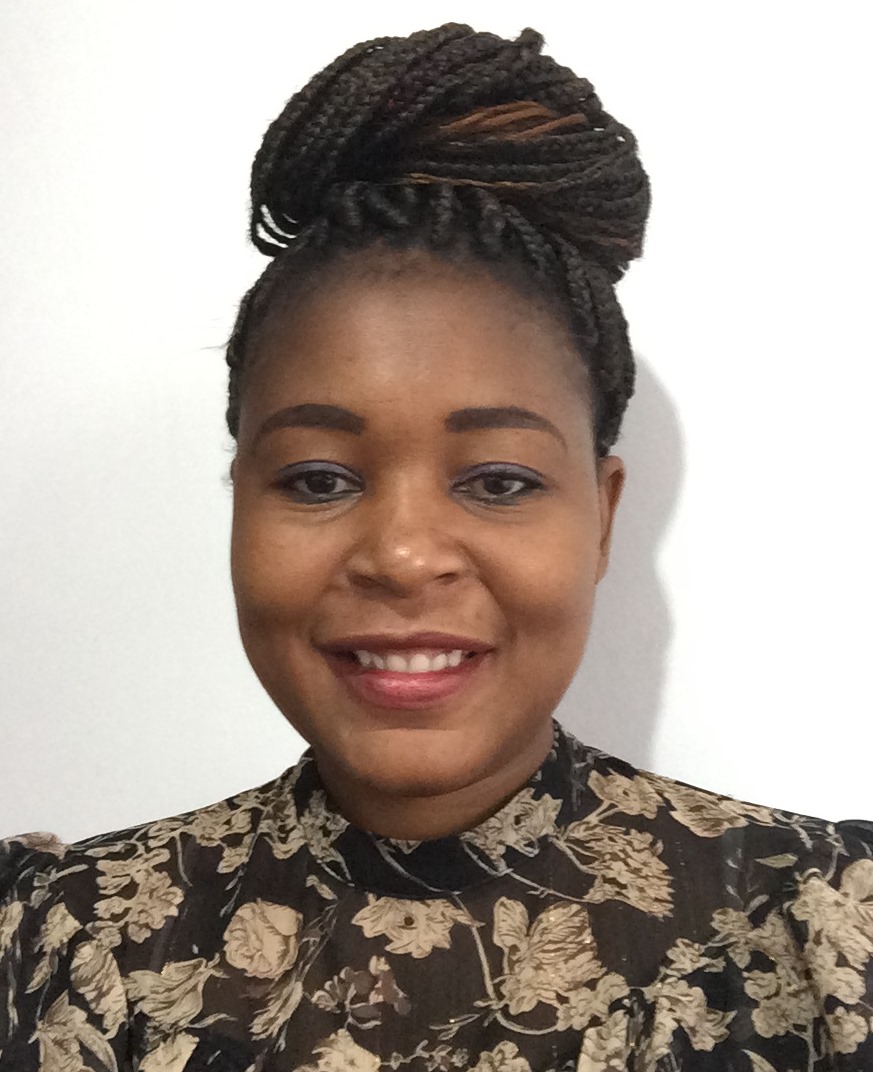 |
| Paul-Arthur Monerie, | Co-Chair | University of Reading/National Centre for Atmospheric Science (NCAS), UK |  |
| Rondrotiana Barimalala | (Member, CLIVAR/GEWEX Monsoons Panel) | Norwegian Research Center, Bergen, Norway | 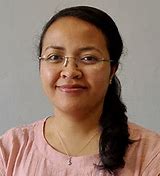 |
| Samson Hagos | (Member, CLIVAR/GEWEX Monsoons Panel) | Pacific Northwest National Laboratory, USA | 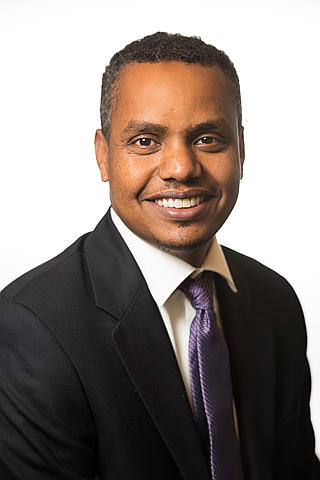 |
| Akintomide Afolayan Akinsanola | Member | University of Illinois Chicago/Argonne National Laboratory, USA | 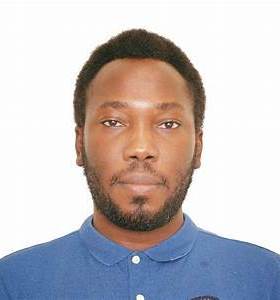 |
| Mojisola Adeniyi | Member | University of Ibadan, Nigeria | 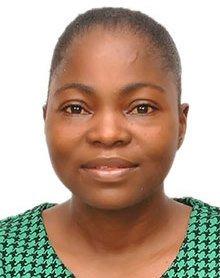 |
| Ismaila Diallo | Member | San Jose State University, USA | 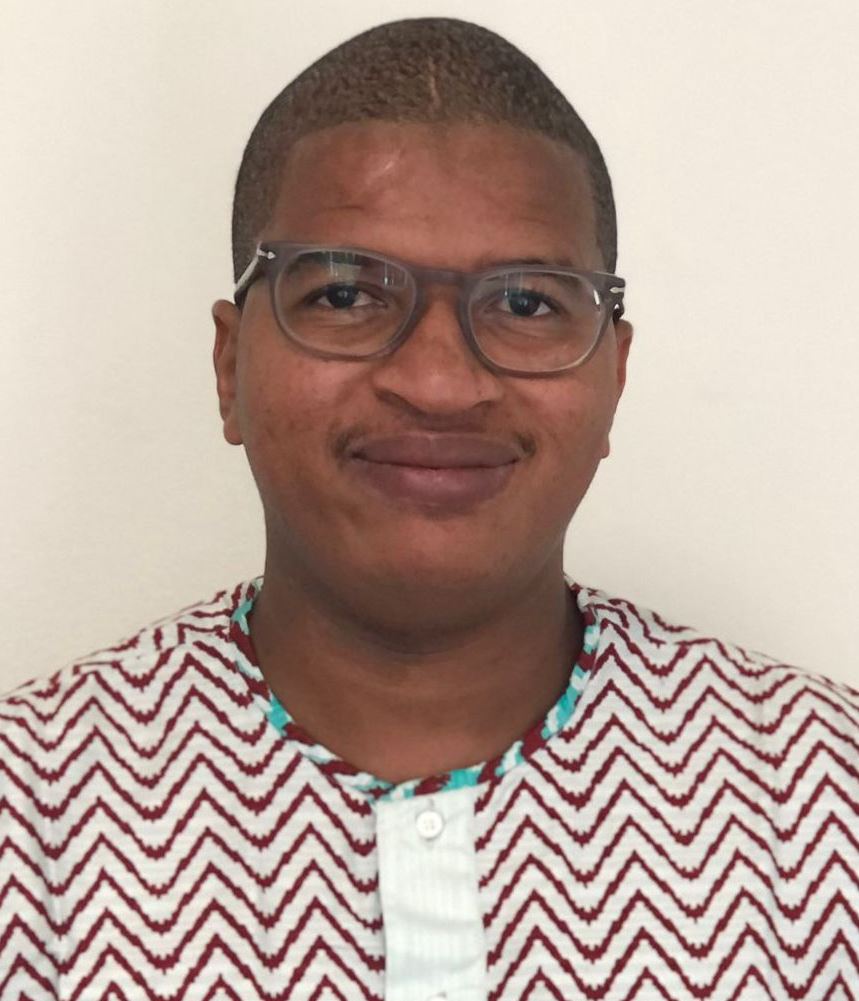 |
| Ross Dixon | Member | University of Nebraska Lincoln, USA |  |
| Aissatou Faye | Member | UCAR-CPAESS, NOAA Climate Prediction Center, Maryland, USA |  |
| Neil Hart | Member | University of Oxford, UK |  |
| Rachel James | Member | University of Bristol, UK | 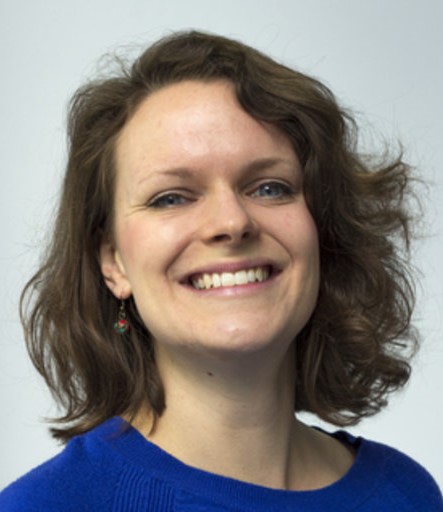 |
| Shingirai Nangombe | Member | Danish Meteorological Institute, Denmark | 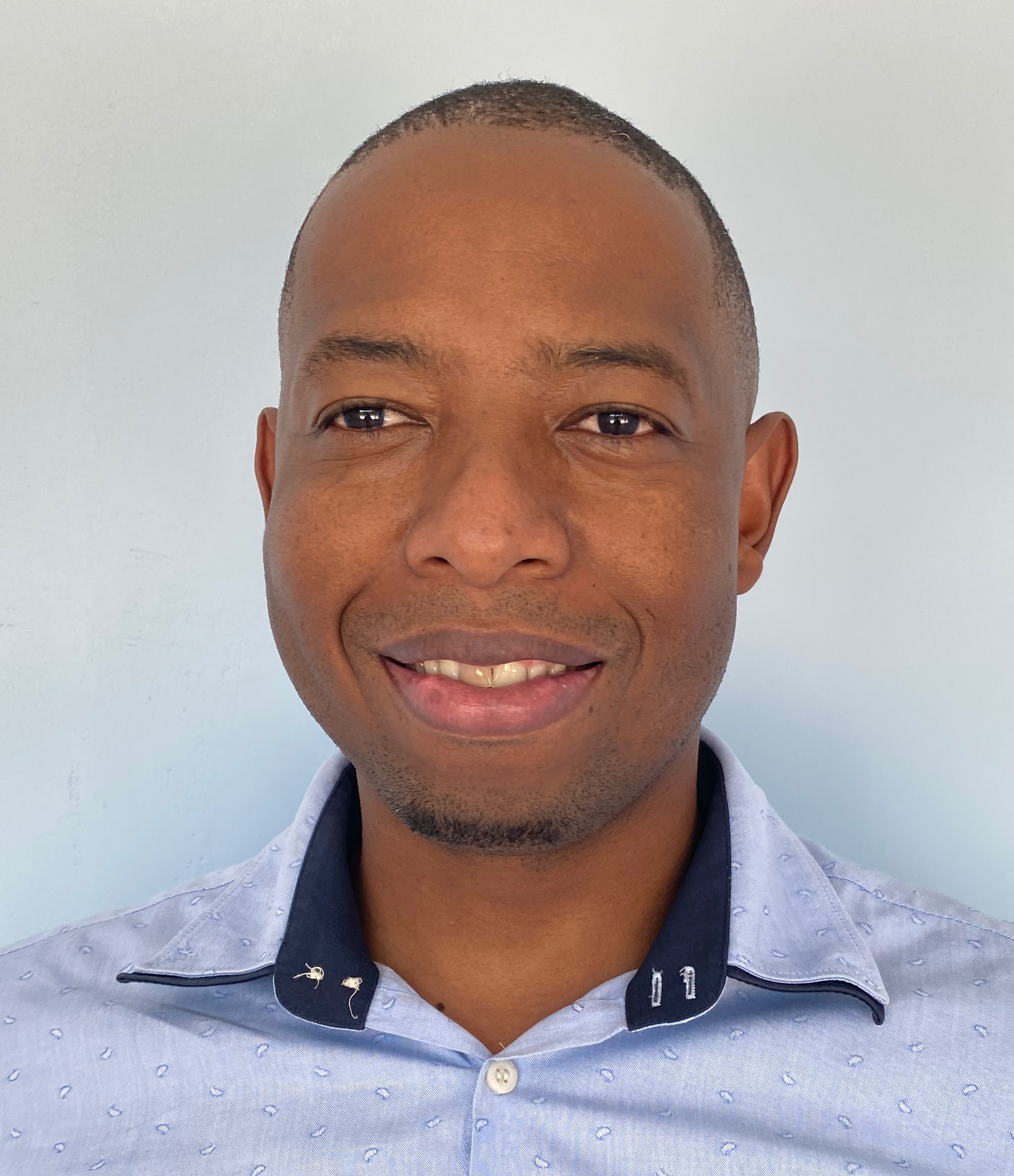 |
| Kénedy Silvério | Member | University of São Paulo, Brazil & Higher Polytechnic Institute of Songo, Mozambique | 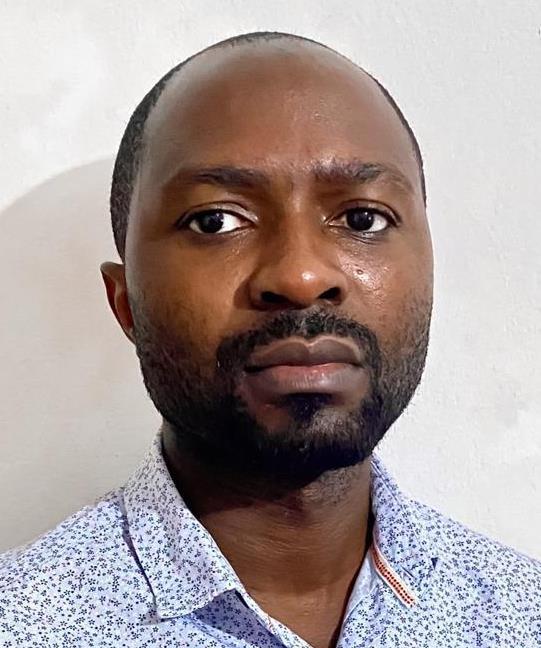 |
| Caroline Wainwright | Member | University of Leeds, UK |  |
| Ademe Mekonnen | Member | North Carolina A&T State University, USA | 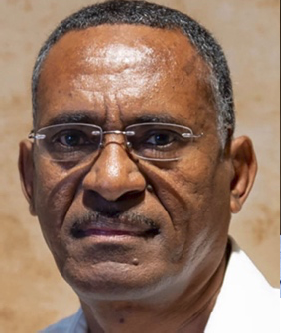 |
| Kamoru Abiodun Lawal | Member | ACMAD, Niger | 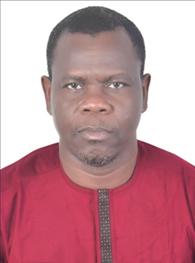 |
| Charles Bwalya Chisanga | Member | The Copperbelt University, Zambia |  |
| Paul T. S. Limbu | Member | University of Dar Es Salaam, Tanzania | 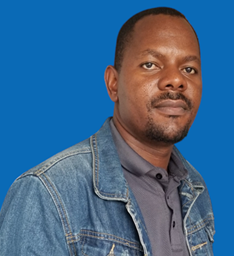 |
| Laban Kebacho | Member | University of Dar Es Salaam, Tanzania | 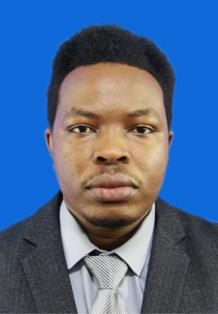 |
| Dike Victor Nnamdi | Member | Chinese Academy of Sciences, China |  |
| Dahirou Wane | Member | Cheikh Anta Diop University, Senegal | 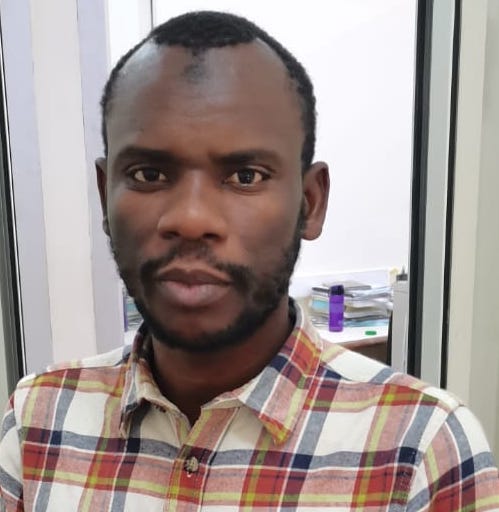 |
| Thierry Taguela | Member | University of Illinois Chicago (UIC), USA |  |
| Birhan Getachew Tikuye | Member | Prairie View A&M University, USA | 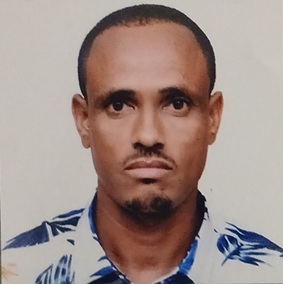 |
| Koffi Worou | Member | Swedish Centre for Impacts of Climate Extremes, Uppsala University, Sweden | 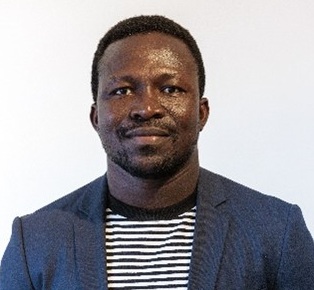 |
| Komkuoa Mbienda A J | Member | University of Dschang, Cameroon |  |
